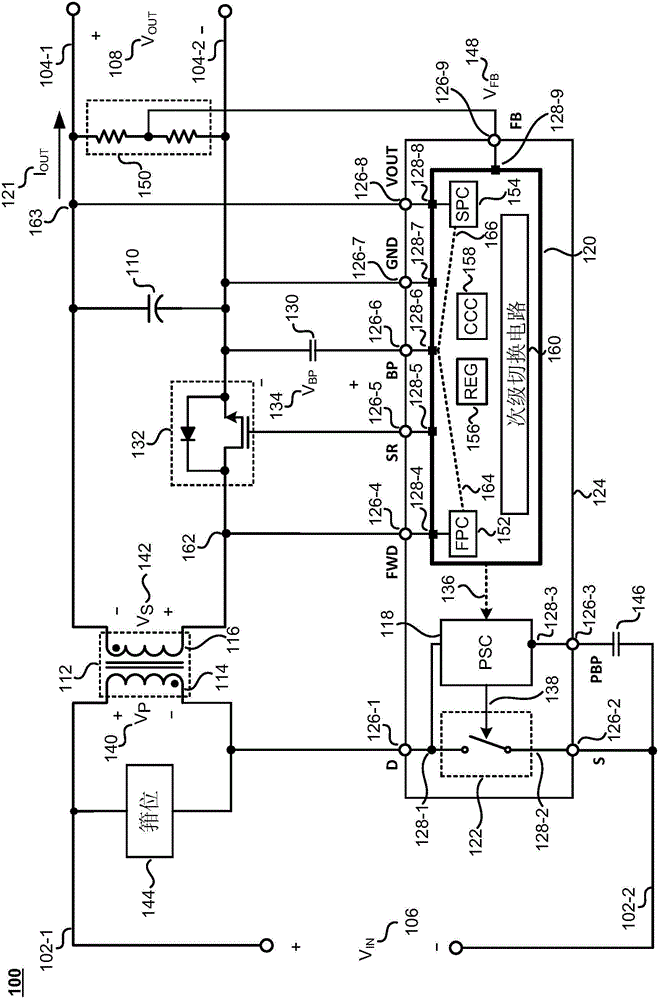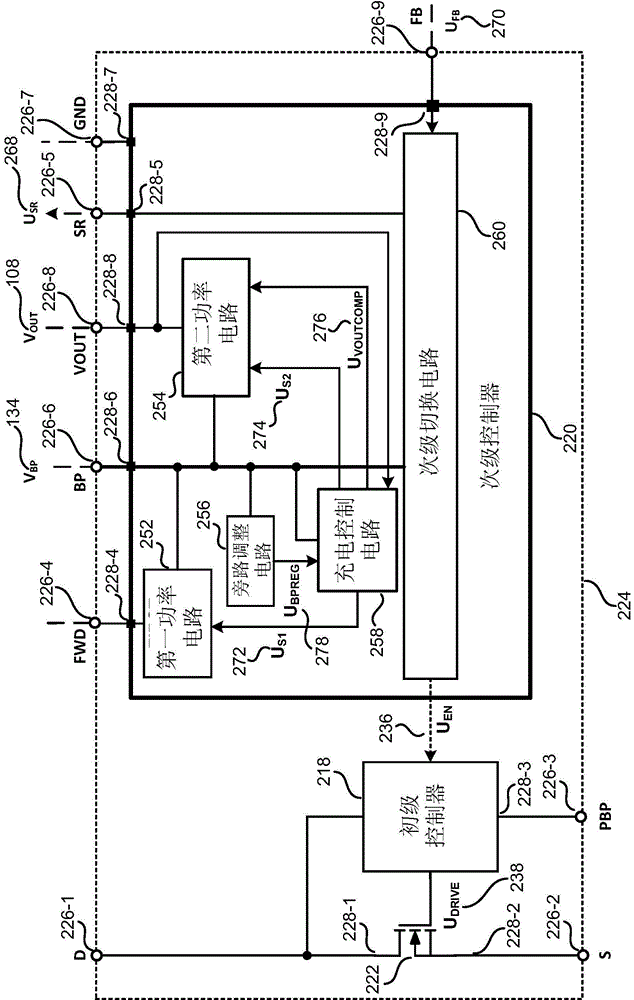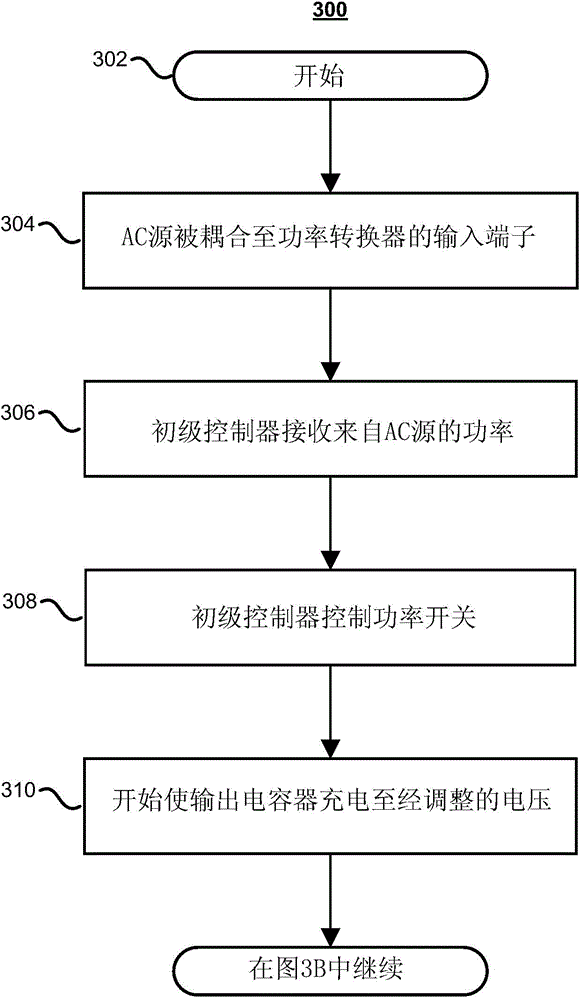Power converter controller with multiple power sources
A technology of power converters and controllers, which is applied in the direction of output power conversion devices, conversion of DC power input to DC power output, and conversion equipment with intermediate conversion to AC, which can solve the problem of overall efficiency reduction and excessive power of power converters. Dissipation and other issues
- Summary
- Abstract
- Description
- Claims
- Application Information
AI Technical Summary
Problems solved by technology
Method used
Image
Examples
Embodiment Construction
[0043] In the following description, numerous specific details are set forth in order to provide a thorough understanding of the present invention. It will be apparent, however, to one of ordinary skill in the art that the specific details need not be employed to practice the present invention. In other instances, well-known materials or methods have not been described in detail in order not to obscure the present invention.
[0044] Reference throughout this specification to "one embodiment," "an embodiment," "an example," or "an example" means that a particular feature, structure, or characteristic described in connection with the embodiment or example is included in the present specification. In at least one embodiment of the invention. Thus, appearances of the phrases "in one embodiment," "in an embodiment," "an example," or "an example" in various places throughout this specification are not necessarily all referring to the same embodiment or example. Furthermore, the p...
PUM
 Login to View More
Login to View More Abstract
Description
Claims
Application Information
 Login to View More
Login to View More - R&D
- Intellectual Property
- Life Sciences
- Materials
- Tech Scout
- Unparalleled Data Quality
- Higher Quality Content
- 60% Fewer Hallucinations
Browse by: Latest US Patents, China's latest patents, Technical Efficacy Thesaurus, Application Domain, Technology Topic, Popular Technical Reports.
© 2025 PatSnap. All rights reserved.Legal|Privacy policy|Modern Slavery Act Transparency Statement|Sitemap|About US| Contact US: help@patsnap.com



